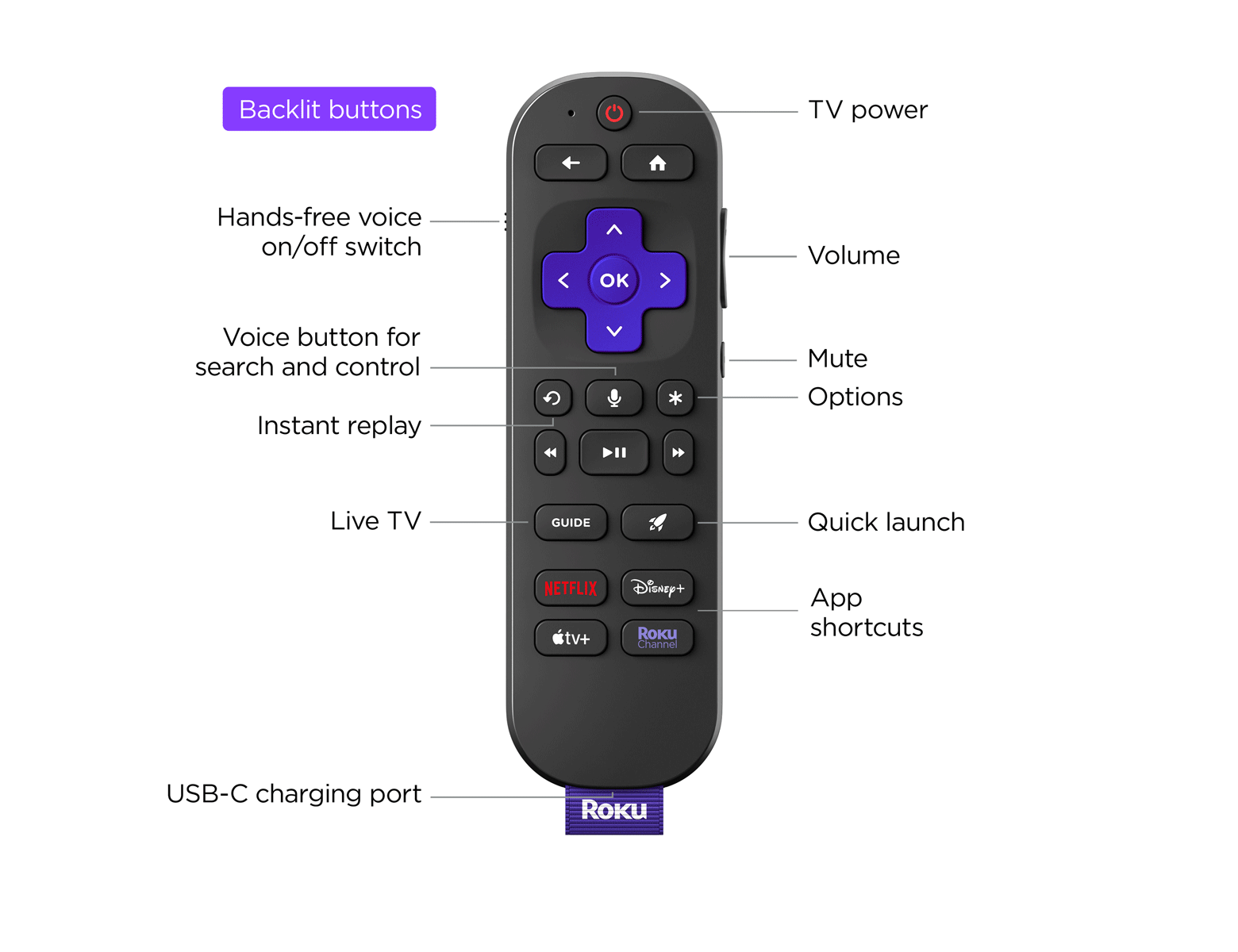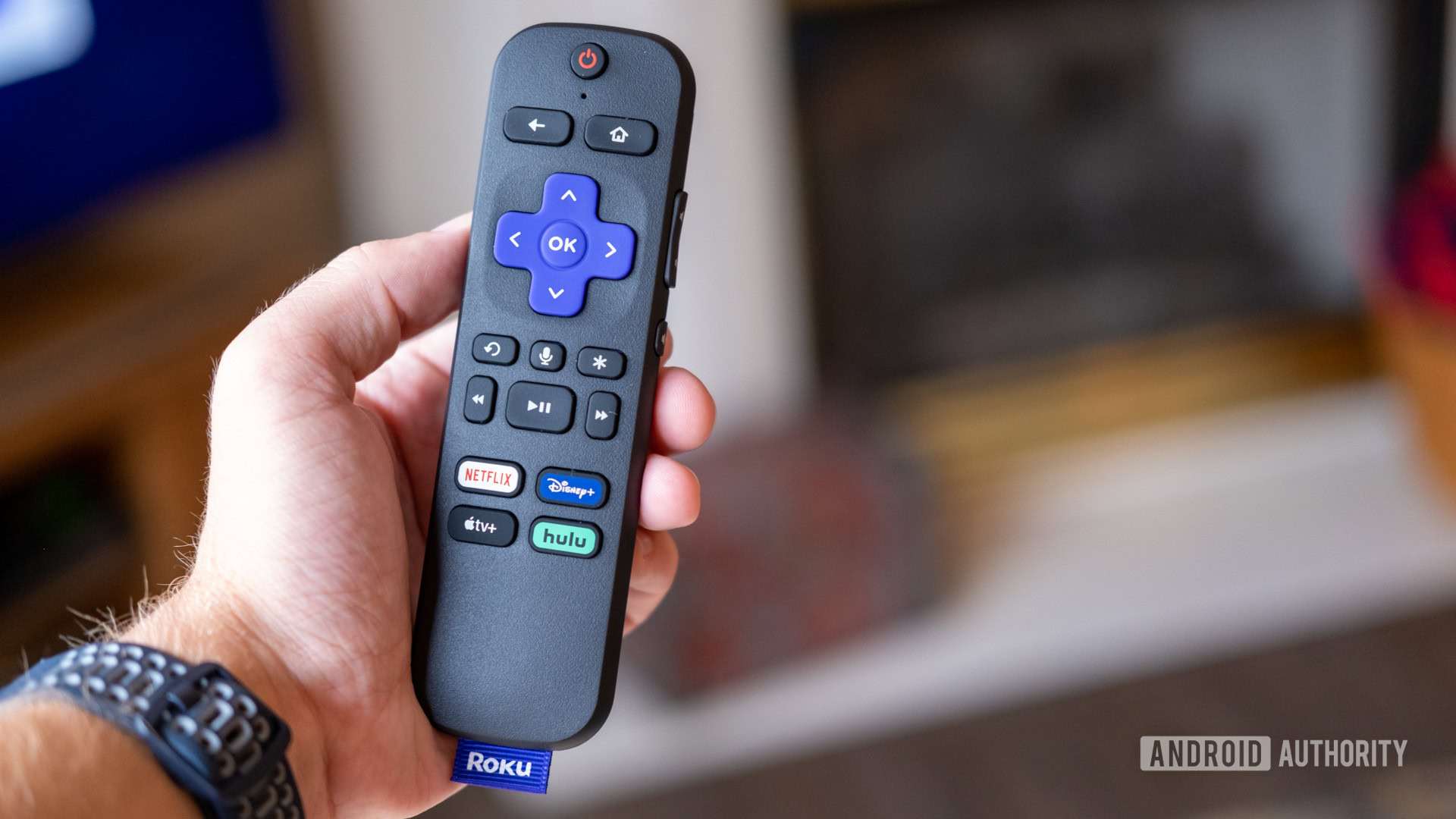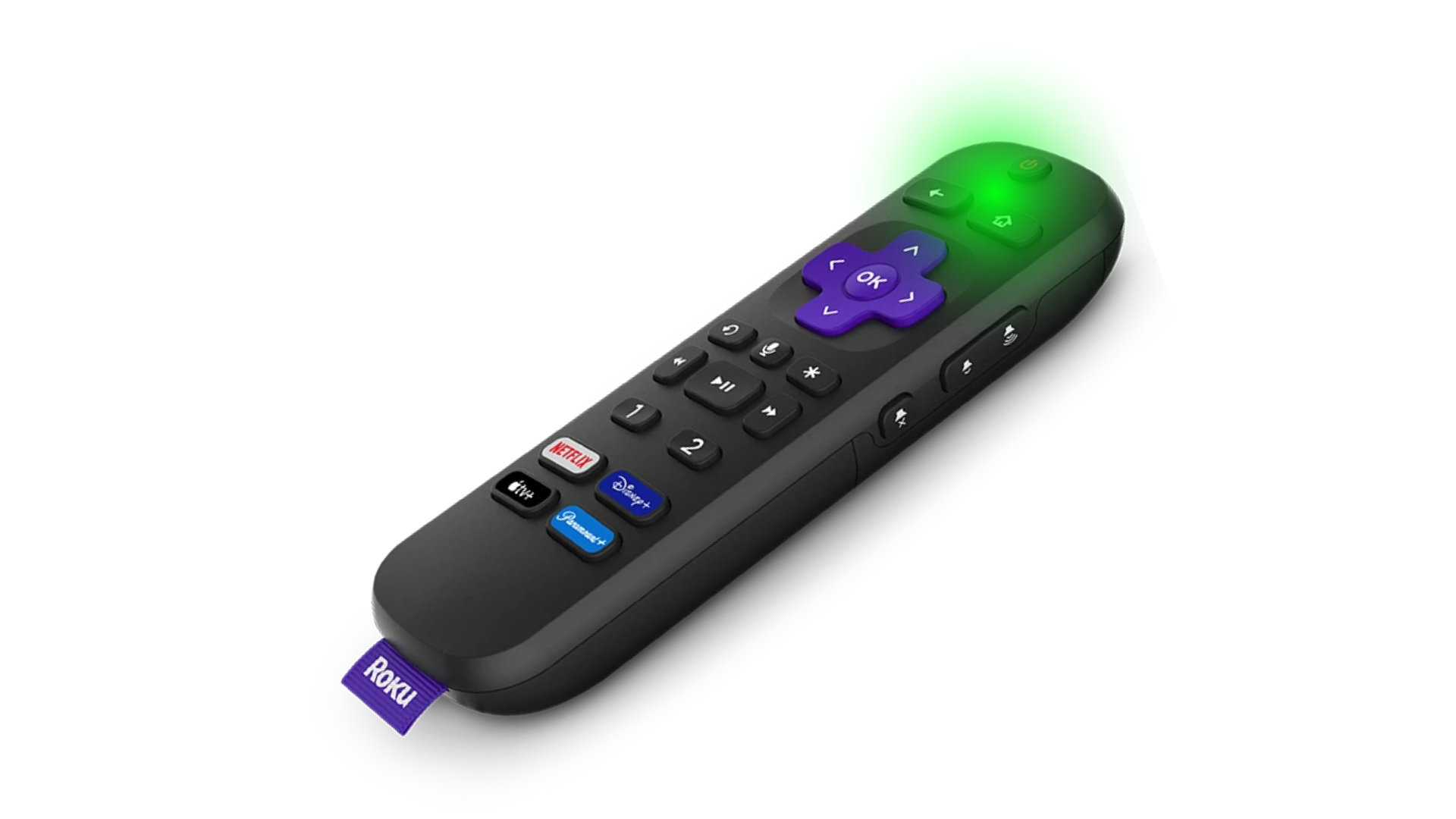So, you've just realized you accidentally washed your Roku remote. Don't panic! You're not alone. Many of us have been there—staring at the soggy device in our hands and wondering if it's still salvageable. Lucky for you, I’m here to help guide you through this sticky situation step by step. Whether it’s a quick rinse or a full-blown laundry mishap, your Roku remote might just survive if you act fast!
Washing a Roku remote is one of those "oops" moments that no one plans for, but it happens more often than you'd think. Maybe it slipped into your pocket before tossing your jeans into the wash, or maybe you were trying to clean it with water and things got a little out of hand. Either way, the first thing you need to do is stay calm and take immediate action. This guide will walk you through everything you need to know to bring your remote back to life—or at least give it a fighting chance.
Let’s be honest, though. We’ve all had moments where technology meets water, and it’s always nerve-wracking. But fear not! With the right steps, you can minimize damage and potentially save your trusty Roku remote from becoming a casualty. So grab a towel, some patience, and let’s dive into how to properly clean and recover your remote after an unexpected bath.
Understanding What Happens When You Wash Your Roku Remote
First things first: why is washing your Roku remote such a big deal? Well, remotes are electronic devices designed to operate without getting wet. They contain sensitive components like batteries, circuit boards, and tiny buttons that can easily short out when exposed to moisture. When you accidentally wash your Roku remote, water can seep into these delicate parts, causing corrosion or electrical failure.
But here's the good news: all hope isn't lost. By understanding what happens inside your remote when it gets wet, you can take the necessary steps to mitigate the damage. The key is acting quickly and methodically to prevent further issues.
What Gets Affected by Water Exposure?
When your Roku remote takes a swim, several components are at risk:
- Batteries: These are the first casualties of water exposure. Leaking batteries can cause permanent damage to the remote's internal components.
- Circuit Board: This is the brain of your remote. Water exposure can lead to short circuits and corrosion, rendering the remote useless if not addressed promptly.
- Buttons: Sticky buttons or ones that don't respond properly are often the result of water damage. Proper cleaning and drying can help restore functionality.
Now that we know what's at stake, let's move on to the recovery process. It's time to roll up your sleeves and get to work!
Step-by-Step Guide to Cleaning Your Roku Remote
Once you've realized your Roku remote has been washed, the clock starts ticking. The sooner you act, the better your chances of saving it. Follow these steps carefully to maximize your remote's chances of survival:
Step 1: Turn Off the Remote
The first thing you should do is turn off the remote if it's still operational. This prevents any accidental button presses that could cause further damage. If the remote is completely unresponsive, skip to the next step.
Step 2: Remove the Batteries
Next, carefully remove the batteries from the remote. Wet batteries can leak acid, which can damage the remote's internal components. Dispose of any swollen or leaking batteries immediately and replace them with fresh ones later.
Step 3: Dry the Remote Thoroughly
After removing the batteries, dry the remote as thoroughly as possible. Use a soft cloth or paper towel to gently wipe away any visible moisture. Avoid using a hairdryer on high heat, as this can warp the plastic casing. Instead, let the remote air dry for at least 24-48 hours in a well-ventilated area.
Step 4: Use Rice or Silica Gel
For extra protection, place the remote in a container filled with uncooked rice or silica gel packets. These materials absorb moisture and can help prevent corrosion. Leave the remote in the container for at least 24 hours before proceeding.
Can You Prevent Future Accidents?
Now that you've saved your Roku remote (or at least attempted to), it's time to think about prevention. Here are a few tips to keep your remote safe and dry in the future:
- Use a Protective Case: Consider investing in a waterproof or dustproof case for your remote. These cases are affordable and can protect your device from accidental spills or drops.
- Label Your Pockets: If you're prone to leaving your remote in your pockets, label them with a sticker or marker to remind yourself to check before washing.
- Regular Cleaning: Instead of washing your remote, use a slightly damp cloth or alcohol wipes to clean its surface regularly. This keeps it free of dust and grime without exposing it to water.
By taking these precautions, you can avoid another "washed remote" disaster and extend the lifespan of your device.
Common Mistakes to Avoid When Cleaning Your Roku Remote
While cleaning your Roku remote, there are a few common mistakes you should steer clear of:
- Using Water Directly: Never submerge your remote in water or use running water to clean it. This increases the risk of damage.
- Applying Heat: Avoid using heat sources like hairdryers or ovens to dry your remote. Excessive heat can melt the plastic casing and ruin the device.
- Ignoring Corrosion: If you notice signs of corrosion, don't ignore them. Clean the affected areas with isopropyl alcohol and a cotton swab to prevent further damage.
By avoiding these pitfalls, you can ensure your Roku remote remains in good working condition for years to come.
How to Test Your Roku Remote After Cleaning
Once your remote has dried completely, it's time to test its functionality. Here's how you can do it:
- Insert fresh batteries into the remote.
- Power on your Roku device and see if the remote connects.
- Test each button to ensure they're working properly.
- If the remote still doesn't work, consider contacting Roku support for further assistance.
Testing your remote thoroughly will give you peace of mind and help identify any lingering issues.
Expert Tips for Maintaining Your Roku Remote
Here are a few expert tips to keep your Roku remote in top shape:
- Regular Inspections: Check your remote periodically for signs of wear and tear, such as cracked buttons or loose parts.
- Proper Storage: Store your remote in a designated spot to prevent accidental damage or loss.
- Software Updates: Keep your Roku device updated with the latest firmware to ensure optimal performance.
By following these tips, you can enjoy a seamless streaming experience without worrying about your remote failing on you.
When All Else Fails: Replacing Your Roku Remote
If your Roku remote doesn't survive the wash, don't despair. Replacing it is easier than you might think. You can purchase a new Roku remote directly from Roku's website or authorized retailers. Additionally, many third-party remotes are available that offer similar functionality at a lower price point.
Remember, technology is replaceable, but your favorite shows aren't. So take care of your remote, and it'll take care of you!
Conclusion: Learning from Mistakes
Accidentally washing your Roku remote is an embarrassing but common mistake. However, with the right steps, you can often save your device and avoid costly replacements. By understanding the risks, taking immediate action, and implementing preventative measures, you can minimize the chances of another mishap.
So, the next time you find yourself staring at a soggy remote, remember the tips we've covered here. And most importantly, don't forget to laugh at yourself—it happens to the best of us!
Got any questions or tips of your own? Leave a comment below and share your experience with the community. Who knows? You might just help someone else avoid the same mistake!
Table of Contents
- Understanding What Happens When You Wash Your Roku Remote
- What Gets Affected by Water Exposure?
- Step-by-Step Guide to Cleaning Your Roku Remote
- Step 1: Turn Off the Remote
- Step 2: Remove the Batteries
- Step 3: Dry the Remote Thoroughly
- Step 4: Use Rice or Silica Gel
- Can You Prevent Future Accidents?
- Common Mistakes to Avoid When Cleaning Your Roku Remote
- How to Test Your Roku Remote After Cleaning
- Expert Tips for Maintaining Your Roku Remote
- When All Else Fails: Replacing Your Roku Remote
- Conclusion: Learning from Mistakes
- Exploring The Fascinating World Of Spidermanvidcom Sophie Rain
- Unveiling The Life And Journey Of Molly Nobilit


